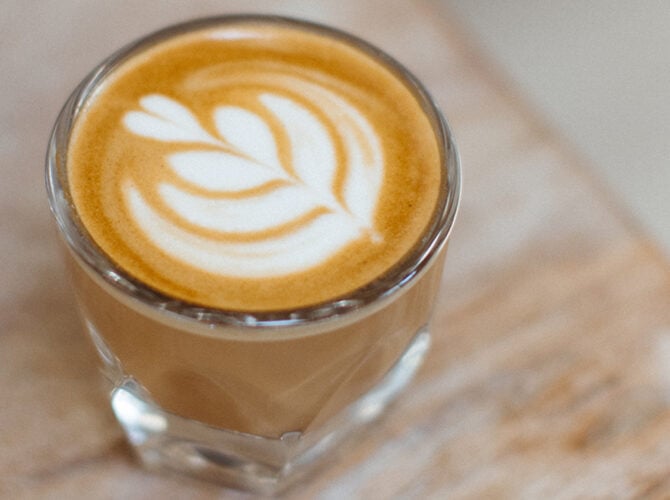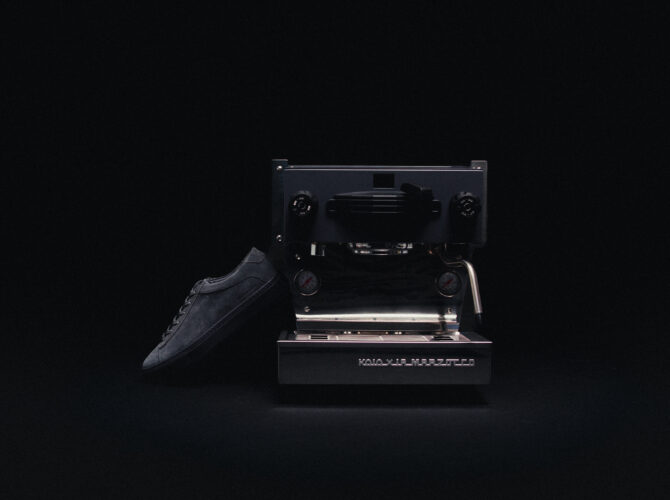Written By Stef Ferrari, Photos by Antonio Diaz
—
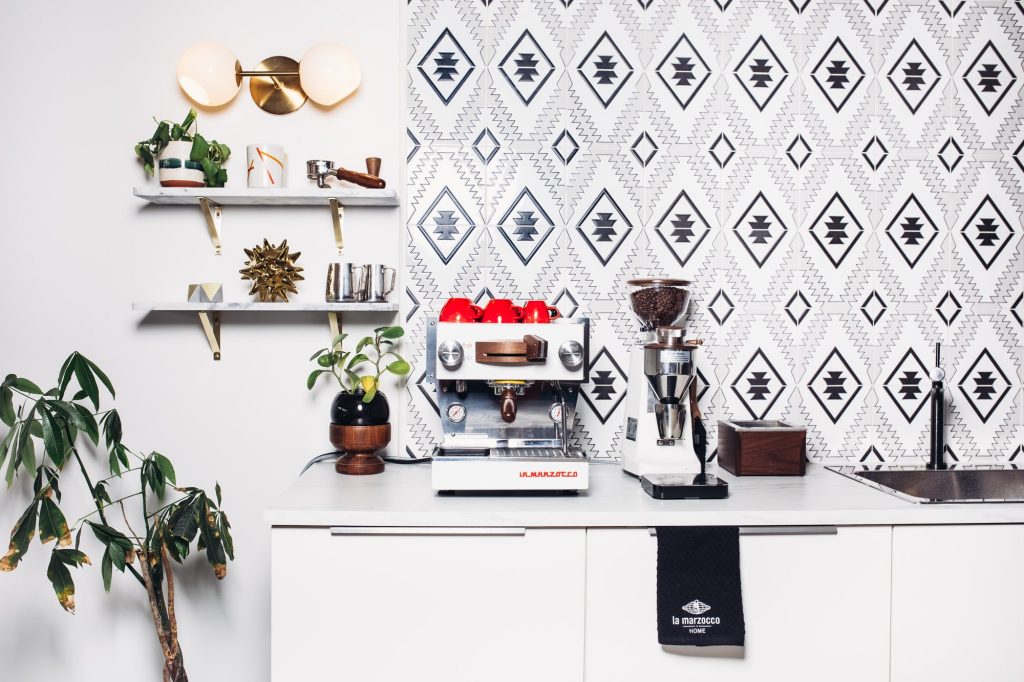
One of life’s most wonderful and simplest pleasures is sitting at a café, indulging in a freshly brewed espresso drink. Whether you like a latte or cappuccino, straight shot espresso (or a few), enjoying something some highly qualified, well trained coffee professional has honed, created with the best tools money can buy, it’s a beautiful experience.
But there’s also something incredibly gratifying about doing something yourself. Much like cooking—or really anything in life—it really all comes down to being prepared. A seasoned chef will tell you, the most important part of cooking is having a well-appointed mise en place. Literally meaning everything in its place, this is a strategy in which a set of tools and ingredients are anticipated and laid out in advance of service, so that a cook has everything important to a dish or preparation right within arm’s reach.
You’ll notice that the same is true for the well prepared and efficient coffee pro. Observe the elegant ballet of a barista from café to café and you’ll find more in common than just fancy ceramic mugs and hipsters with laptops. You may not have time to learn the ins and outs and intricacies of commercial coffee service, but if you simply arm yourself with the following tools, you can hope to control the variables and take the guesswork out of the process. And you don’t even have to ask the health department for permission, or come up with a massive bank of starting capital. Just a few handy gadgets and you’re good to go, which is great news, because the last thing anyone wants first thing in the morning is a subpar ‘spro.
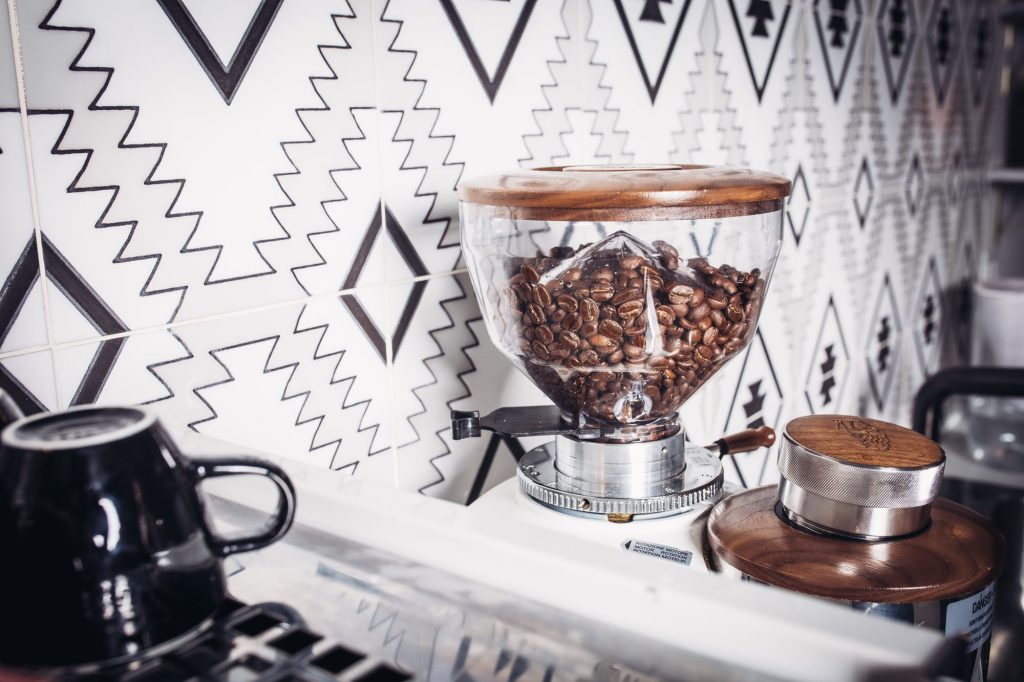
Quality Coffee
The only place to start is with Coffee. It may seem like a no brainer, but the very first thing you need on hand is a high quality, fresh product. You can’t build a sound house on a shaky foundation, so source your espresso from a seller you trust. It’s always a bonus if you can purchase directly from a roaster if you have one locally, as they can guide you and perhaps make recommendations if you are new to the process, but many markets and grocers now offer a selection that lives up to even the most discerning drinker. And if you happen to be in Seattle, the staff at the La Marzocco Café can offer guidance in what will best suit your desired flavor profile, and coffee from the current roaster in residence program will also be available on hand.

Grinder
Sure, it’s possible to get away without purchasing this piece of equipment. You can ask your coffee roaster or café to grind for you, and even many markets that sell high quality coffee will have a grinder available for customers, so you can take care of the task yourself. But freshness is important when it comes to coffee, and there’s just no substitute for having a dedicated espresso grinder to pair with your machine. Grinders can be automatic or manual, but, day to day, cup to cup, you may want to adjust your grind; having your own tools on hand will help make it possible to really dial in. Mazzer grinders, constructed just outside Venice, Italy and available through La Marzocco Home, are tried and true, proving their performance in the most intensive commercial settings for more than 70 years.
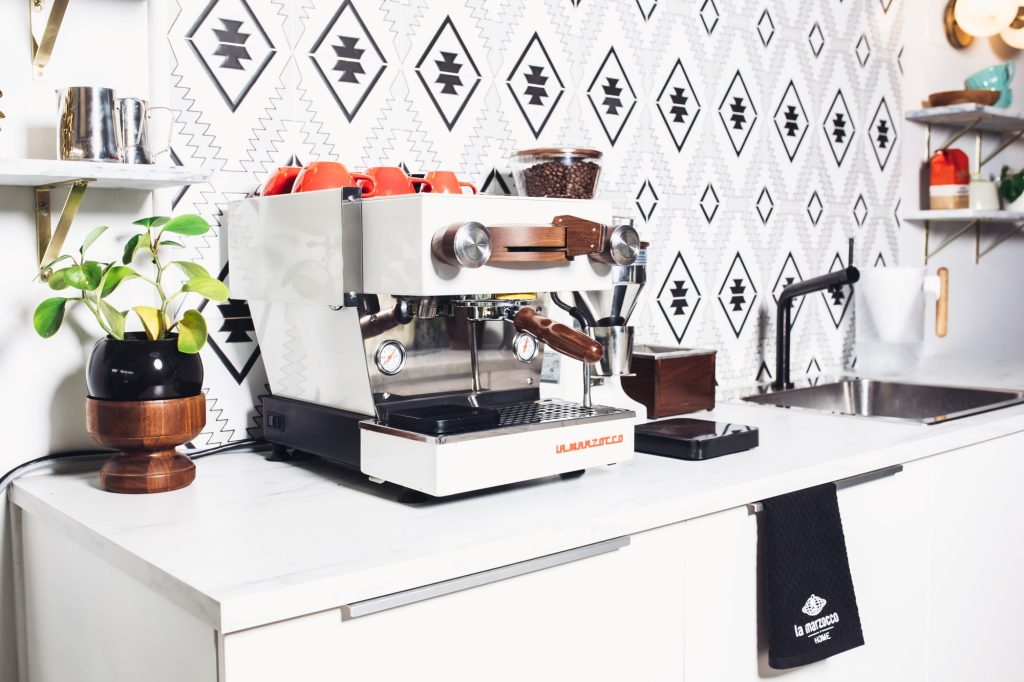
Scale
Most baristas will emphasize that precision is what makes a good espresso. Without a scale, you can eyeball the amount of espresso, gauge by the volume of your basket, or attempt to use other methods (those novelty coffee scoops are notorious offenders against those of us in pursuit of accuracy)—but you’ll have a nearly impossible time getting a consistent product. Measuring will be the key to replicating your ideal espresso every time. Typically, starting between 18 to 21 grams for a double shot (don’t forget to tare the weight of the filter!) is a great place to start. An option like the super sleek Acacia Lunar Scale sits right on the tray of your home machine, making it a low profile but high impact piece of gear that really pulls its weight.

Tamper
Once you have your coffee ground and measured, the tamper is the device that will help pack the grounds into your filter. This handy tutorial helps detail the role of this tool in your process; the idea here is that by applying equitable pressure across the surface, the shot you’re able to pull will be evenly extracted. Tampers can vary in price and design, and deciding what you need will depend on budget, size and other factors—but the bottom line is that it’s an indispensable part of your coffee mise en place, and you’re going to use it a lot. Having a design that’s comfortable in the hand—like this ergonomic, slickly designed wood-meets-metal Statesman, or the BT Wedge Distribution Tool will not only help get the job done and done well, but it’ll look damn fine while doing it.
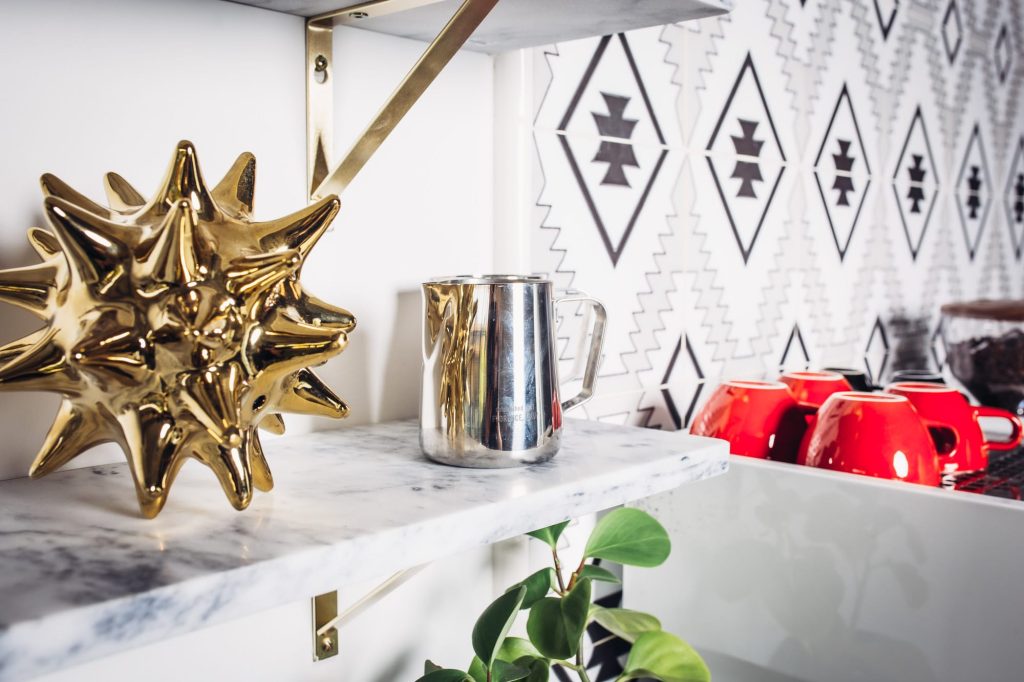
Steam Pitcher
A stainless steel steam pitcher—which is easy to clean and conducts heat effectively—is necessary to helping you achieve optimal temperature for your desired milk or milk alternatives. And this isn’t just any old metal pitcher—believe it or not, they are specially designed to encourage the kind of swirling which creates creamy microfoam critical to a smooth, perfectly poured latte—or whatever your heart desires. Having a substantial heft and weight along with the pointed spout are part of what makes your elaborate (and friend-impressing) latte art possible.

Knock Box
A knock box is a receptacle in which you can discard the espresso “puck” after brewing. While this an optional item—you certainly can go straight to the trash can in your kitchen—it helps to keep a tidy area around your machine particularly if you’re making multiple shots, as well to maintain a more sanitary working setup. It can be a simple design of high quality stainless steel, or even something that can be a showpiece all on its own, but the knock box is a serious tool for home stations that once you start using, you’ll wonder how you went without.

Shot Glasses
Another tool that can be considered optional, but shot glasses or cups allow you to get a visual of your shot and its layers, as well as split the shot cleanly before pouring into an espresso mug or otherwise.
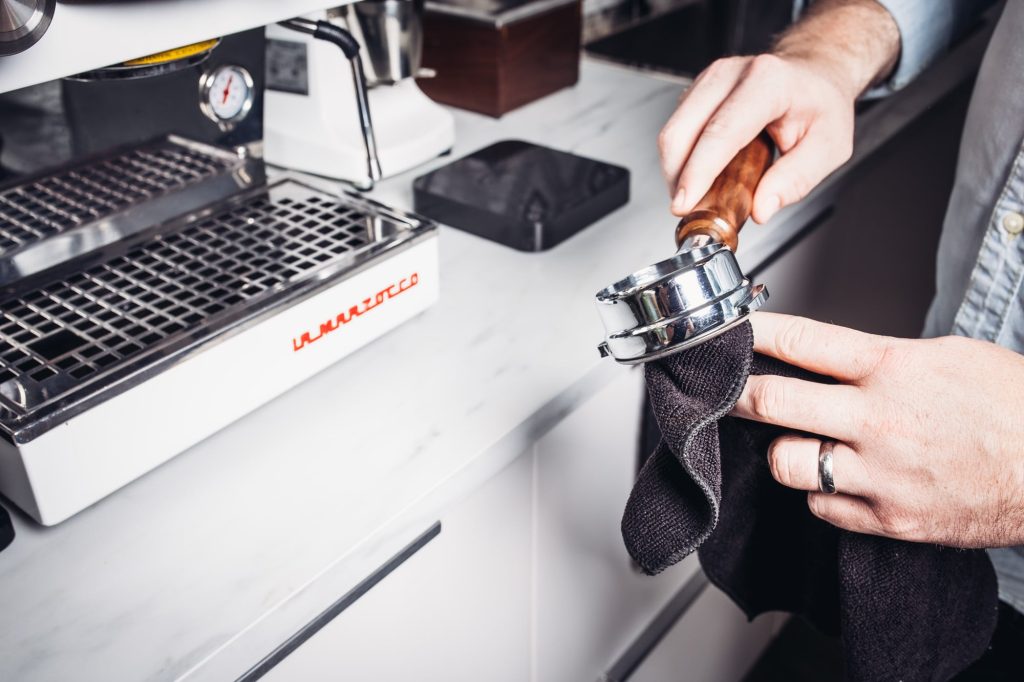
Towels
One of the biggest gripes on the part of a home espresso aficionado’s partner is that the process of meticulously crafting a high quality cup can create, well, a bit of kitchen chaos. Items on this list, like the knock box, help minimize and contain the space, but we also recommend a simple solve when it comes to clean up. Pro baristas know it’s important to have not just one towel on hand during service—but three. A milk towel, which is always wet, used to wipe down the steam wand, a dry towel to address tools like the scale and counter, and one designated for the portafilter. Having these three dedicated clean up cloths on hand helps minimize mess and encourage sanitary conditions at your station. Use highly absorbent materials, like microfiber, in dark colors to disguise coffee residue.
Espresso Machine Cleaner & Brushes
Investing in a machine and then allowing buildup only does a disservice to your investment (not to mention paying an insult to your palate). An espresso machine, even at the home level, has a lot of moving parts—which also means a lot of places in which germs and residue can hide. Having a reliable cleaning solution will not only ensure that you have a safe and sanitary experience, but also that you will have the best tasting coffee. A group head brush helps to get into cracks and crevices to clean out any lingering grounds on your gasket, which can cause leaks and interfere with proper pressure during the extraction process. You’ll also want to backlash regularly—once a week is a good rule of thumb for your home machine. Preventative Maintenance Kits help make sure that your home machine will always operate at peak performance. Taking good care of your machine not only means you’ve got a better shot at great taste, but also improves the longevity of your equipment, and protects your investment.
☕️




